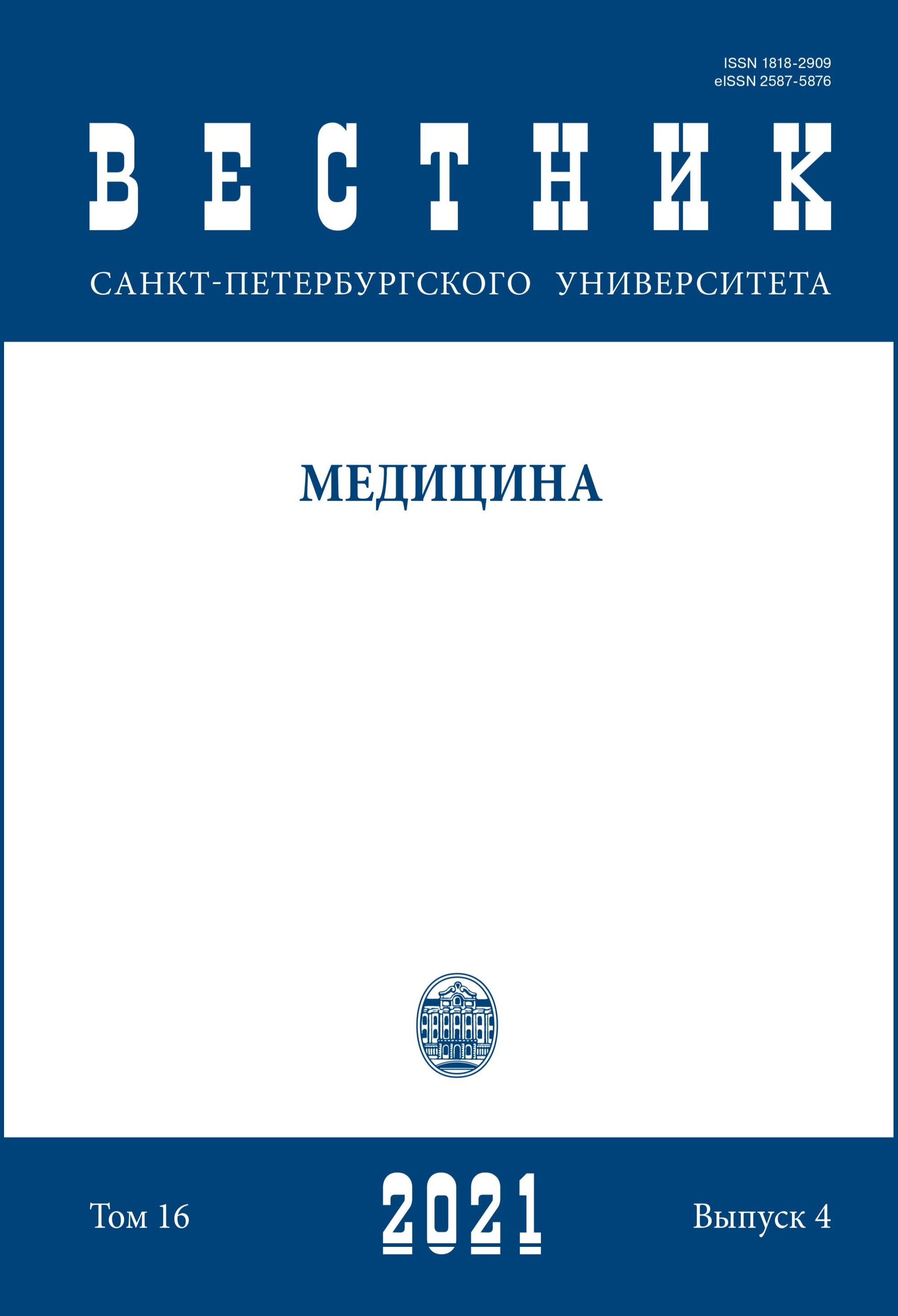Current knowledge of genetics of COVID-19
DOI:
https://doi.org/10.21638/spbu11.2021.404Аннотация
The ongoing COVID-19 pandemic, caused by coronavirus SARS-CoV-2, is responsible for a reported 456,797,217 cases of COVID-19, and 6,043,094 deaths worldwide as of 12.03.2022. Following infection with SARS-CoV-2, COVID-19 clinical presentation ranges from asymptomatic or mild (~80 % of infections), to severe disease that typically requires hospitalization and assisted respiration. Innate immune responses to viral infection are also a critical determinant of disease outcome. Genetic risk factors for COVID-19 are in the early stages of study. A number of mutations and polymorphisms have been identified that affect the structure and stability of proteins — factors of susceptibility to SARS-COV-2 infection, a predisposition to the development of respiratory failure, and the need for intensive care. Most of the identified genetic factors are related to the function of the immune system. On the other hand, the genetic polymorphism of the virus itself affects the spread and severity of the course of COVID-19. The genome of the virus accumulates mutations and evolves towards increasing contagiousness, replicative ability, and evasion from the host’s immune system. Genetic determinants of infection are potential therapeutic targets. Studying them will provide information for the development of drugs and vaccines to combat the pandemic.
Ключевые слова:
COVID-19, coronavirus, SARS-COV-2, genetic predisposition factors, mutation, polymorphism
Скачивания
Библиографические ссылки
References
Загрузки
Опубликован
Как цитировать
Выпуск
Раздел
Лицензия
Статьи журнала «Вестник Санкт-Петербургского университета. Медицина» находятся в открытом доступе и распространяются в соответствии с условиями Лицензионного Договора с Санкт-Петербургским государственным университетом, который бесплатно предоставляет авторам неограниченное распространение и самостоятельное архивирование.




